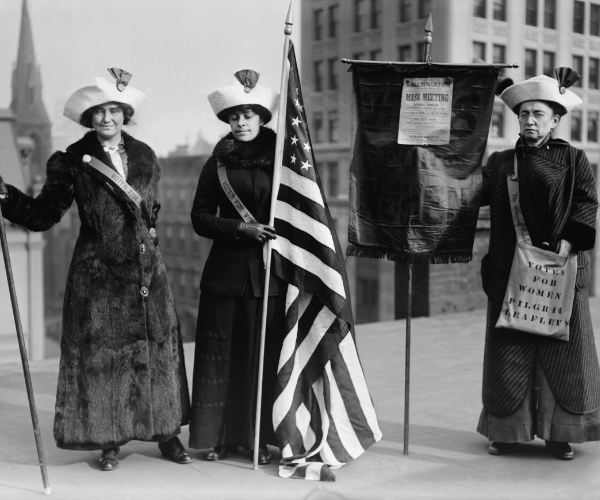The financial history of women in the United States is a story of determination, resilience, and progress – although not as quickly as many of us would like. When I look at the timeline of historical events below, I can’t help but feel like some pretty basic – yet, crucially important – rights were given to women just a short time ago.
From the struggle for property rights to the fight for equal pay and access to credit, women have played pivotal roles in shaping the economic landscape of the nation. This timeline highlights significant events that have marked the journey of American women towards financial empowerment.
1839
Mississippi becomes the first state to grant married women the right to own property in their own names, providing them with a measure of financial autonomy.
1848
The Seneca Falls Convention in New York marks the beginning of the women’s suffrage movement in the United States, laying the foundation for future advancements in women’s rights, including financial rights.
1862
President Abraham Lincoln signs the Morrill Act, which grants land to states for the establishment of colleges and universities. This opportunity expands educational opportunities for women, empowering them with knowledge and skills to participate in the workforce.
1920
The 19th Amendment to the United States Constitution is ratified, granting women the right to vote. This landmark achievement opens doors for greater economic and social empowerment for women across the nation.
1963
The Equal Pay Act is signed into law, prohibiting wage discrimination based on gender and laying the groundwork for pay equity in the workforce.
1974
The Equal Credit Opportunity Act is enacted, prohibiting discrimination in credit transactions on the basis of sex and marital status. This legislation grants women greater access to credit and financial independence.
1988
The Women’s Business Ownership Act is signed into law, facilitating access to capital and resources for women entrepreneurs, thus fostering the growth of women-owned businesses.
1994
The Violence Against Women Act is passed, providing legal protections and support services for victims of domestic violence and financial abuse, recognizing the intersectionality of gender-based violence and financial security.
2009
The Lilly Ledbetter Fair Pay Act is signed into law, extending the statute of limitations for filing pay discrimination claims and promoting greater pay transparency and accountability.
2010
The Dodd-Frank Wall Street Reform and Consumer Protection Act is enacted, introducing regulatory reforms aimed at promoting financial stability and consumer protection, including provisions related to gender pay equity and diversity in corporate leadership.
Where We Are Now
While it can be disheartening to realize that there is still so much work yet to be done, this timeline DOES highlight the monumental issues that the women before us have tackled. Rather than be frustrated by the slow changes that have happened over the years, I’m going to try to remind myself that change is possible – and I can be part of it.
In my own financial planning practice, I’ll continue to educate women about their finances and encourage them to negotiate for better pay. We’ll work together to find solutions to things like the toll that caregiving can often take on their careers and I know I’ll continue to be inspired by the moments of success my clients achieve.
Ultimately, by learning from the past and continuing to advocate for change, we can work towards a future where all women have the opportunity to thrive financially.






